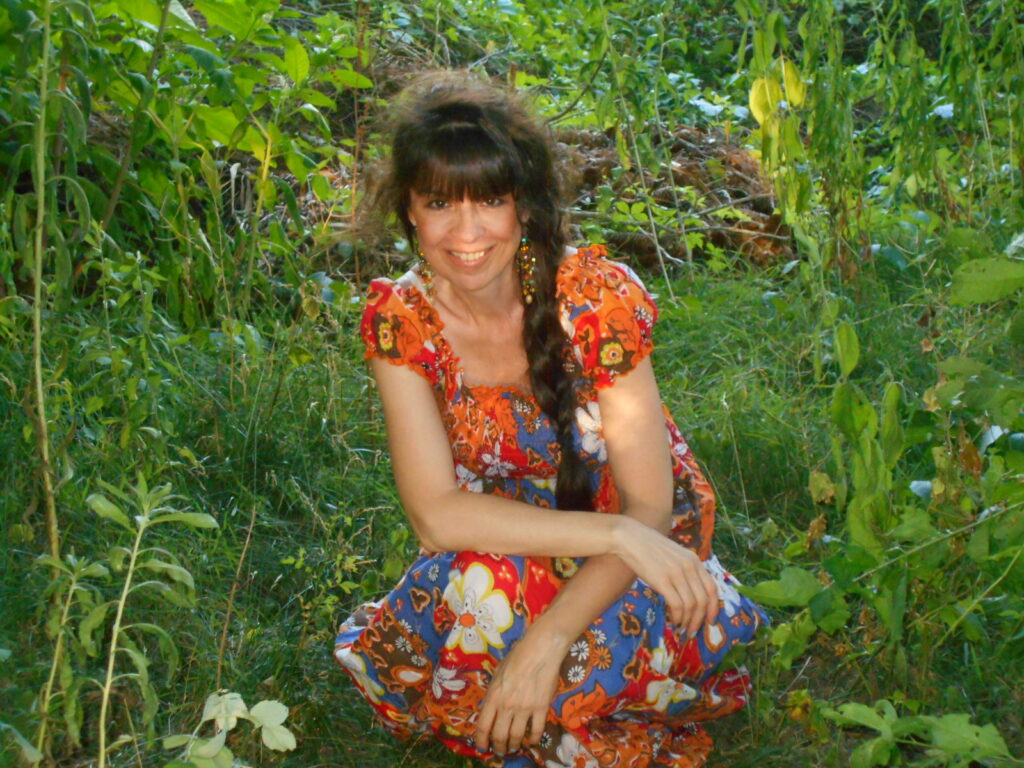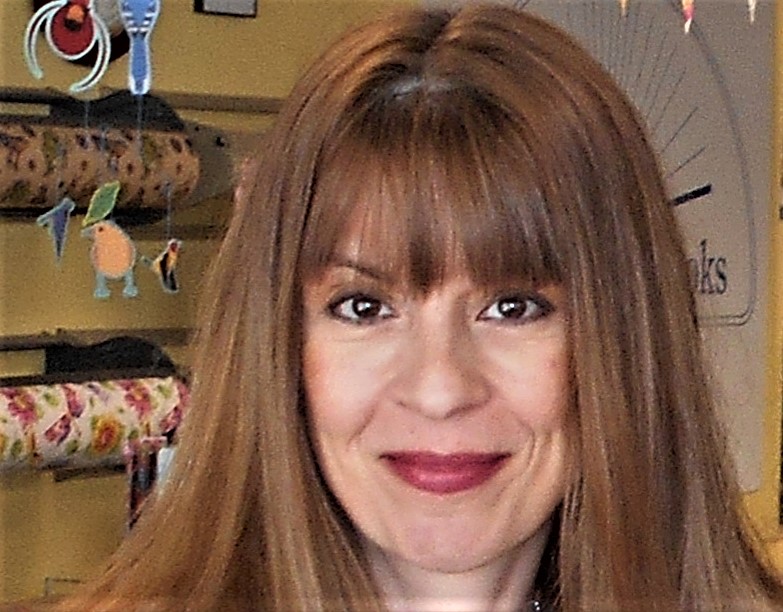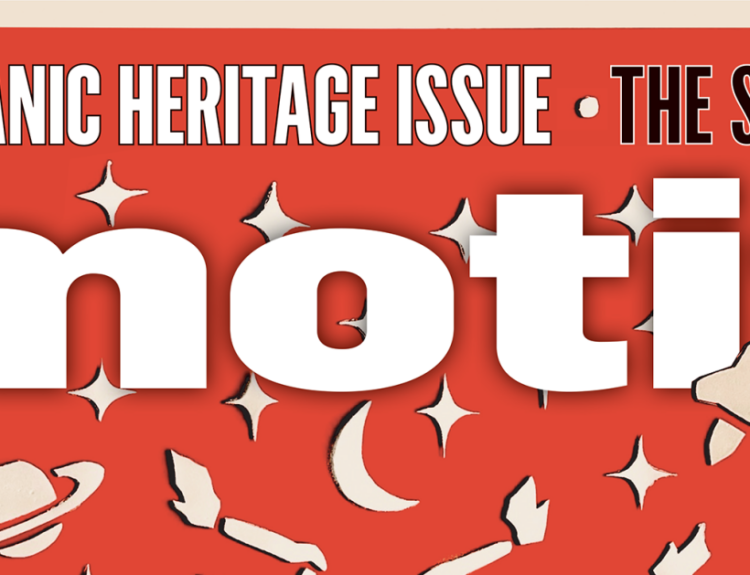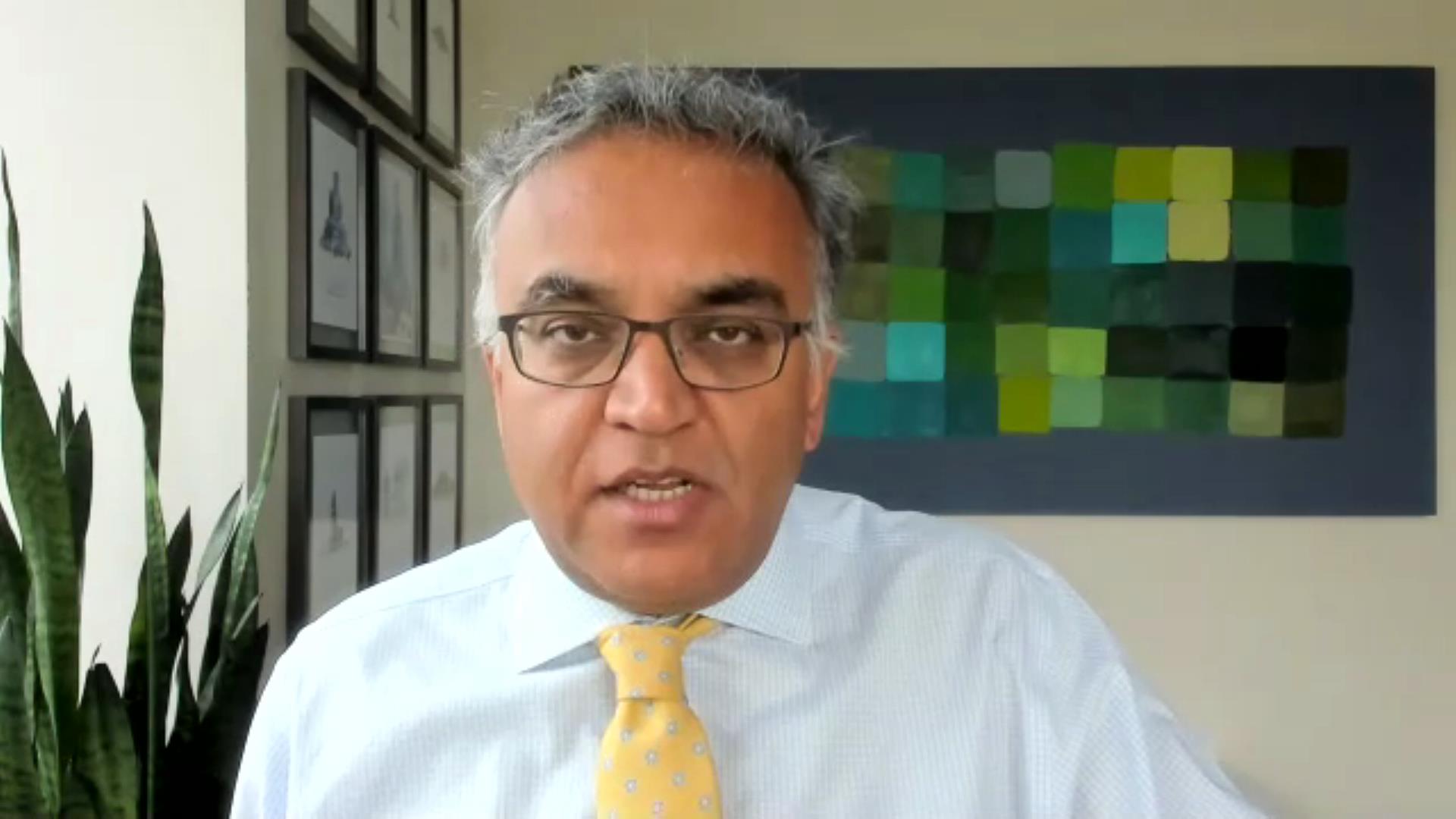
We first became aware of your work reading The Warwick Beacon and other Beacon newspapers, where you are published weekly. Your stories are must-reads for anyone with an interest in Rhode Island history. Give us an overview of the people and topics.
I make an effort to write about subjects that haven’t already been written about numerous times. I love doing research and trying to put together pieces of a puzzle to create a whole picture. I’m drawn to subjects with surprising or shocking twists and turns or outcomes. But my motive is never to shock readers- it’s to educate them.
Many of your Beacon stories are about people who lived (and died) in the state’s old institutions. Until your research, many of them passed anonymously, with some buried in potters fields. What is the importance of recognizing these individuals?
Every person who has ever been born had a purpose and a story. Deciding who is important enough to go down in history books based on financial status, social reputation or even levels of hard-won success isn’t any other human’s place to decide. Each person was just as important as the next. Those who struggled with poverty, addiction and mental or physical illness are just as important to our collective history as the more fortunate. For anyone to be forgotten is a massive loss.
How do you research these people?
People always ask me how I conduct my research. It’s about turning over the stones most likely to have the answers underneath and then, more importantly, kind of sensing which unlikely stones are also holding pieces to a puzzle. It’s something I developed while working as a private investigator. You basically use what is available to you – all manner of public records, letters, diaries, scrapbooks, oral stories – get what you can from that and then start reaching further.
When did you become interested in their stories? And why?
I’ve always been fascinated by psychology and the workings of the mind, the way genetics and environmental factors combine with the hand we’ve been dealt in this life to produce what our story is going to be. It’s common that those who were not dealt the best hand, or those with predispositions to addiction or mental health issues, were basically swept aside. To a sad extent, this hasn’t really changed enough. I recall several things really grabbing hold of my attention when I was a child; lines of tiny gravestones in a cemetery, the antique hearse at South County Museum, my mother’s copy of “Lizzie Borden” on the bookshelf – I had so many questions and a driving need to understand so much. I became an avid reader and the root of every subject I was interested in turned out to be the most uncomfortable parts of human existence.
You are also the author of several books. Let’s learn about a few of them, starting with “Murder at Rocky Point Park: Tragedy in Rhode Island’s Summer Paradise.” Tell us about that.
That is a book which began quite by accident. I went to the library to find some ideas for my local history column but I had a terrible headache so printed out one page and went home and didn’t even look at it until the next day. I was shocked to see that one of the stories on the page was about a little girl being killed by her father at Rocky Point in 1893. I decided to research and write about it but everyone I went to as a potential source was as shocked as I was. No one had ever heard about this. No one protected that child in life, no one mourned for very long at her death, and then the whole matter was quickly forgotten about. The last thing she had asked for was a doll so I brought one to her grave. I would be confident in saying that more people have brought Maggie flowers since the book came out than she ever received in the days following her death.
“Hidden History of South County” is a book in a different genre. Give us an overview.
The subjects in this book vary greatly; paranormal happenings in Narragansett, the artwork constructed from Westerly granite, a shipwreck in Charlestown, among others. My favorite is about the late Judith Newman who lived in Richmond. As a young woman, she escaped from a Nazi death march and hid in a drain pipe. I met Judith when she was my friend’s landlord. I remember seeing the numbered tattoo on her as she set a glass of lemonade down in front of me. I felt as if I was in the shadow of more bravery than most people will ever see in their life. One of the greatest honors of my own life was simply being in the presence of this woman.
And you have written a TV series, “The Guilt of Innocence.” What is the theme and have you found a producer yet?
This was written to be a limited series with 10 to 12 episodes. It follows the life of a young reverend who has been called to preach in the fictional town of Innocence, Connecticut, just after the turn of the 20th century. It’s a picturesque setting with its flower gardens and white picket fences, birds singing and everyone smiling. But something’s not right in Innocence. Young girls keep disappearing and anyone in the town could be hiding something. There is the couple who sold their daughter to a circus, the man fighting an addiction to opium, the widow who has buried numerous husbands, the family delving into witchcraft, the young doctor who makes passes at his female patients. The reverend doesn’t stay in town for more than a few months. He doesn’t feel confident about his ability to minister. At the end of the series, he is very old and returns to Innocence. That is when we find out what happened to the missing girls. I have not found a producer yet. I rewrote the script as a play and submitted it to a playwriting contest. When I saw the winner I realized this was not all what they were looking for.
When did you begin writing?
My first book was called “The Easter Bunny.” I was three years old. I couldn’t spell so I drew the pictures and told my grandmother the whole story while she wrote it down on pieces of paper. She then stapled the pieces together into a book. I still have it. I started writing professionally after I watched a documentary about Ernest Hemingway back in 1997. I felt like a huge spotlight was turned on and for the first time in my life I knew what I was supposed to be doing.
Did you have any mentors along the way?
I had a teacher in third grade who was adamant that I was going to become a writer. That’s all she ever talked about and I was too scared to tell her that there was absolutely no way I would ever become a writer. How boring! Then I discovered Hemingway, and Shakespeare, Capote, Faulkner, Fitzgerald and Salinger. They were my teachers. Talent like that is extremely rare nowadays. There is no one alive today who can teach me more about writing than Capote or Faulkner can.
Do you also write fiction?
Yes. As much as I love and respect history, it doesn’t allow for creativity. My goal is to one day write mostly fiction. My novels include “Snowglobe”, a modern story about a teenage girl growing up in an abusive and dysfunctional family; “Rarest Beautiful”, taking place during the 1930s, a special needs child has abilities which no one can explain; “Shiners”, a 1940s tale about a young woman who is sent to live with her grandparents and sees her world fall apart when her grandmother dies; “Promise of ’42”, a 1940s romantic drama in which a wealthy girl from Block Island falls for a young Wakefield garage mechanic. Despite her family’s threats, they marry. Mental illness soon tears them apart; “Daddy’s Bones”, the story of two sisters in the 1920’s who accidentally kill their abusive father and then struggle to hide the fact they are left alone with their catatonic mother; “Cobwebs & Spongecake”, a short story collection containing modern tales along with those set in the 17th and 18th centuries.
What other non-fiction have you written?
“Fallen Sisters: A History of Prostitution in Rhode Island”, “Murder & Mayhem in Washington County, Rhode Island”, “Ladd School & the Eugenics Movement in Rhode Island”, “History, Mystery & Lore of Rhode Island”, “Oaklawn School for Girls: Juvenile Reform in Rhode Island”
Are you working on anything now?
Yes. I am working on my second book about Oaklawn School. The publisher gave me a word limit with the first one and I have so much more information. I am also working on two novels; “Silence”, which is a modern-day tale about a child from another world; and “The Stillwater Parade”, a modern story about a woman in a loveless marriage who has an affair with her husband’s adult son. Future projects include Sockanosset School for Boys, a history of clairvoyants in Rhode Island, the Sophia Little Home and children who lived and died in the state’s almshouse.
Visit Kelly Sullivan at https://authorkellysullivan.weebly.com/





